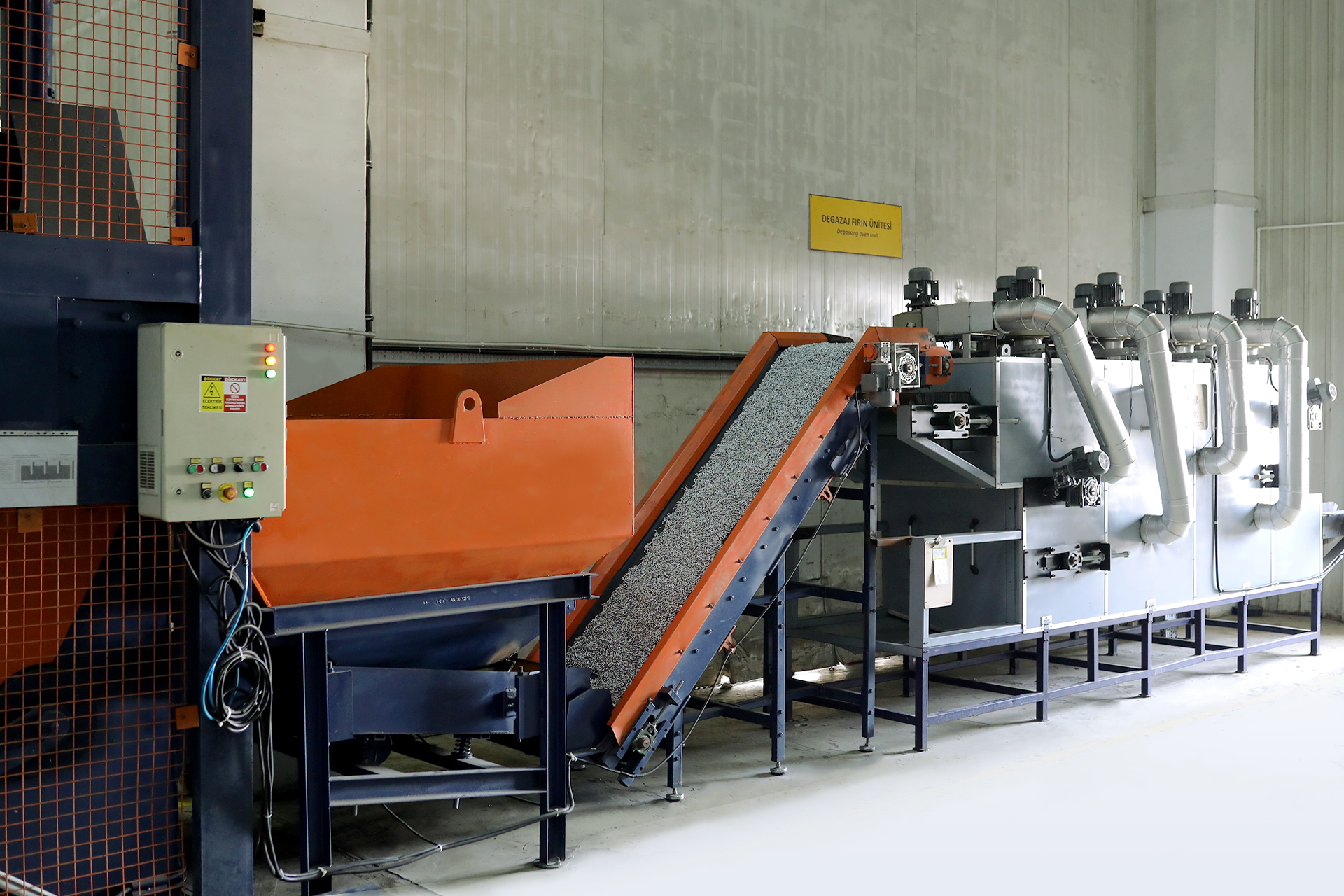...
Because of material-sourced or external processes applied to the material, hydrogen atoms entering into the product and then forming a ductility loss are called hydrogen embrittlement. As a result of being exposed to a specific force, metals that have a 10.9 resistance class and upper resistances or the Rockwell hardness of 35 and above in particular, the regions, which have intense hydrogen, have a risk of cracking or breaking. This situation is called hydrogen embrittlement.
For the purpose of removing the hydrogen, whıch has been absorbed by the surfaces of the material after the coating, the annealing process is carried out in 2 hours, 4 hours, 8 hours and 12 hours in the 180°C-220°C temperature range according to the ASTM B-850 and ISO 4042 standards. The risk can be reduced by this method. This process is called eliminating hydrogen embrittlement, degassing or tempering.
Material-sourced, Environmental Hydrogen Embrittlement is a
⦁ Coming of Hydrogen from the corrosive or hydrogen-rich environment and external sources,
⦁ Stress corrosion cracking,
⦁ Cathodic hydrogen absorption.
Hydrogen Embrittlement due to Processes Applied to the Material
⦁ Electrocoating bath
⦁ Pickling
⦁ Hydrogen compression in steel manufacturing

Shotblasting is a surface cleaning process that extracts stainless steel and metal by cleaning the burr, dirt and corrosion on the surface of stainless steel or metal. It is performed by spraying micro-sized stainless steel shots in specific pressure to the surface of the material. It has the advantage of providing a porous structure with the surface in under paint applications in particular.
With rubber drum shotblasting, shotblasting is preferred for steel components, iron components, heat-treated components, casting components, forging components, aluminum components, pressed steel or brass components, springs, various mechanical and automotive components.
Technique;
⦁ Vulcan Chronital Stainless Steel Products
⦁ Product sizes of S-20 [0,09 - 0,30 (mm)] ve S-30 [0,14 - 0,50 (mm)]


